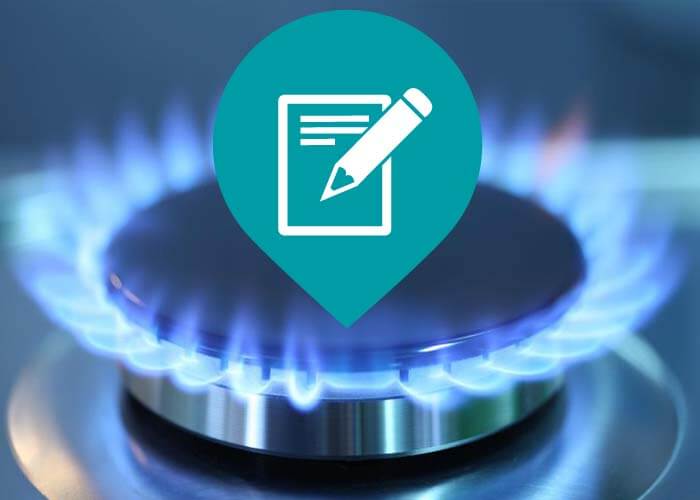
How Does the Gas Distribution System Job?
How Does the Gas Distribution System Work?
Gas flowing from greater to decrease stress is the essential principle of the gas distribution system. The quantity of stress in a pipe is measured in pounds per square inch.
From the well, the gas enters into "celebration" lines, which resemble branches on a tree, getting larger as they get closer to the main collection point.
Gathering Equipments
A gathering system might require one or more area compressors to relocate the gas to the pipeline or the handling plant. A compressor is an equipment driven by an inner burning engine or turbine that creates stress to "press" the gas with the lines. Many compressors in the gas shipment system use a percentage of gas from their own lines as fuel.
Some gas gathering systems consist of a processing center, which executes such functions as eliminating contaminations like water, co2 or sulfur that could rust a pipe, or inert gases, such as helium, that would certainly reduce the power value of the gas. Handling plants also can get rid of small quantities of propane and butane. These gases are utilized for chemical feedstocks and also other applications.
The Transmission System
From the celebration system, the gas relocations right into the transmission system, which is usually composed of concerning 272,000 miles of high-strength steel piper.
These huge transmission lines for gas can be compared to the nation's interstate freeway system for cars. They move large quantities of natural gas thousands of miles from the creating regions to regional circulation companies (LDCs). The stress of gas in each area of line commonly ranges from 200 pounds to 1,500 pounds per square inch, depending upon the kind of location in which the pipe is running. As a safety measure, pipelines are made and created to handle far more pressure than is ever before in fact reached in the system. For instance, pipelines in more populated locations operate at less than one-half of their design stress level.
Several significant interstate pipelines are "knotted"-- there are 2 or even more lines running alongside each other in the exact same right-of-way. This offers optimum ability throughout periods of peak demand.
Compressor Stations
Compressor terminals are located roughly every 50 to 60 miles along each pipe to increase the pressure that is lost through the friction of the gas relocating with the steel pipeline. Numerous compressor terminals are completely automated, so the devices can be begun or quit from a pipeline's central control room. The control space can additionally remotely operate shut-off valves along the transmission system. The operators of the system keep in-depth operating information on each compressor terminal, as well as continually adjust the mix of engines that are running to take full advantage of effectiveness as well read more as security.
Natural gas relocations through the transmission system at up to 30 miles per hr, so it takes numerous days for gas from Texas to arrive at an energy receipt factor in the Northeast. Along the road, there are lots of interconnections with various other pipes as well as various other utility systems, which uses system drivers a lot of flexibility in moving gas.
Linepack
A 50-mile area of 42-inch transmission line operating at around 1,000 extra pounds of stress includes about 200 million cubic feet of gas-- sufficient to power a kitchen range for greater than 2,000 years. The quantity of gas in the pipeline is called the "linepack.".
By increasing as well as reducing the stress on any type of pipeline section, a pipeline company can use the segment to store gas throughout periods when there is much less demand at the end of the pipeline. Utilizing linepack by doing this enables pipe drivers to manage hourly fluctuations sought after extremely successfully.
Gas pipelines as well as utilities utilize very advanced computer system designs of consumer demand for natural gas, which connect daily and per hour consumption trends with seasonal and also ecological elements. That's why clients can rely on the integrity of gas-- when it's required, it exists.
Entrance Terminals.
When the natural gas in a transmission pipeline gets to a neighborhood gas energy, it typically travels through a "gateway terminal." Energies often have gate terminals getting gas at various locations and also from a number of different pipes. Entrance terminals serve 3 objectives. Initially, they minimize the pressure in the line from transmission levels (200 to 1,500 extra pounds) to distribution degrees, which range from 1/4 extra pound to 200 pounds. Then an odorant, the distinctive sour scent connected with gas, is included, to make sure that customers can scent even small quantities of gas. Lastly, the gate station gauges the circulation rate of the gas to establish the amount being received by the energy.